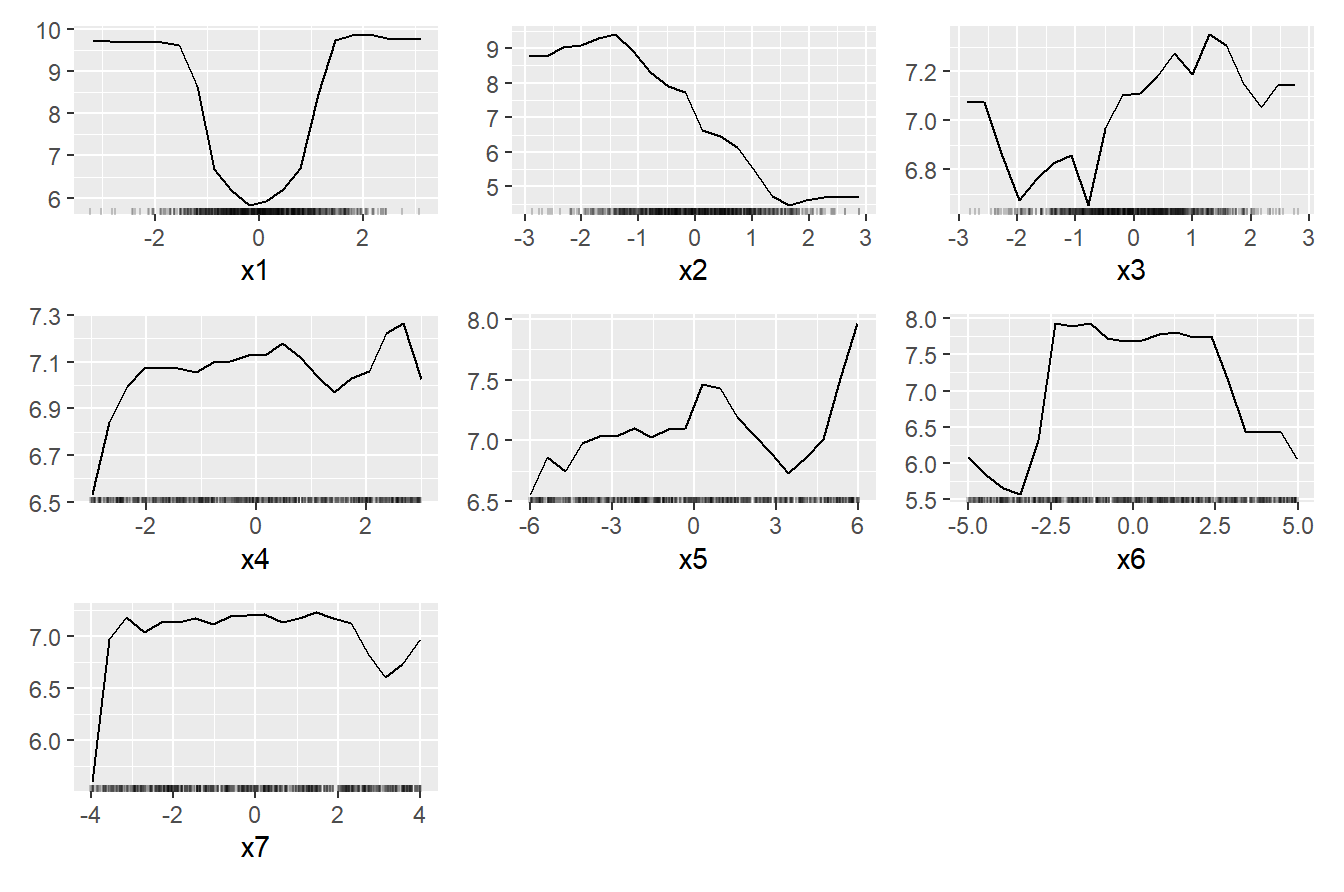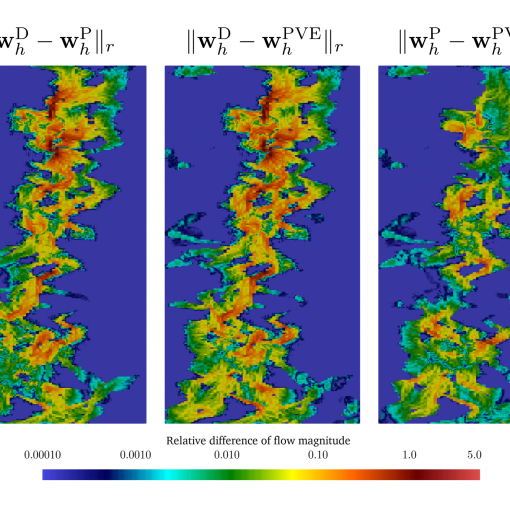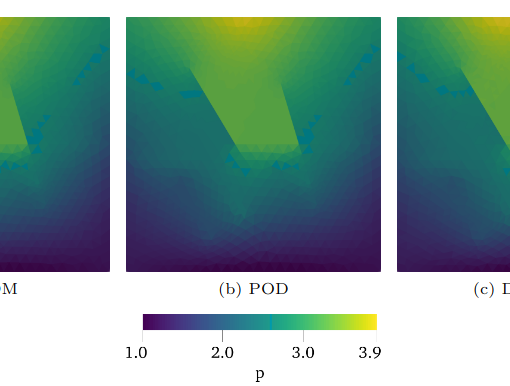A new MOX Report entitled “Ordinal Mixed-Effects Random Forest” by Bergonzoli, G.; Rossi, L.; Masci, C. has appeared in the MOX Report Collection. Check it out here: https://www.mate.polimi.it/biblioteca/add/qmox/41-2024.pdf Abstract: We propose an innovative statistical method, called Ordinal Mixed-Effect Random Forest (OMERF), that extends the use of random forest to the analysis of hierarchical data and ordinal responses. The model preserves the flexibility and ability of modeling complex patterns of both categorical and continuous variables, typical of tree-based ensemble methods, and, at the same time, takes into account the structure of hierarchical data, modeling the dependence structure induced by the grouping and allowing statistical inference at all data levels. A simulation study is conducted to validate the performance of the proposed method and to compare it to the one of other state-of-the art models. The application of OMERF is exemplified in a case study focusing on predicting students performances using data from the Programme for International Student Assessment (PISA) 2022. The model identifies discriminating student characteristics and estimates the school-! effect.
You may also like
A new MOX Report entitled “Unified discontinuous Galerkin analysis of a thermo/poro-viscoelasticity model” by Bonetti, S.; Corti, M. has appeared in the […]
A new MOX Report entitled “Application of Deep Learning Reduced-Order Modeling for Single-Phase Flow in Faulted Porous Media” by Enrico Ballini e […]
A new MOX Report entitled “Clinical outcomes of percutaneous coronary interventions after transcatheter aortic valve replacement” by Pivato, C.A.; Cozzi, O.; Fontana, […]
A new MOX Report entitled “Influence of patient-specific acute myocardial ischemia maps on arrhythmogenesis: a computational study” by Corda, A.; Pagani, S.; […]





